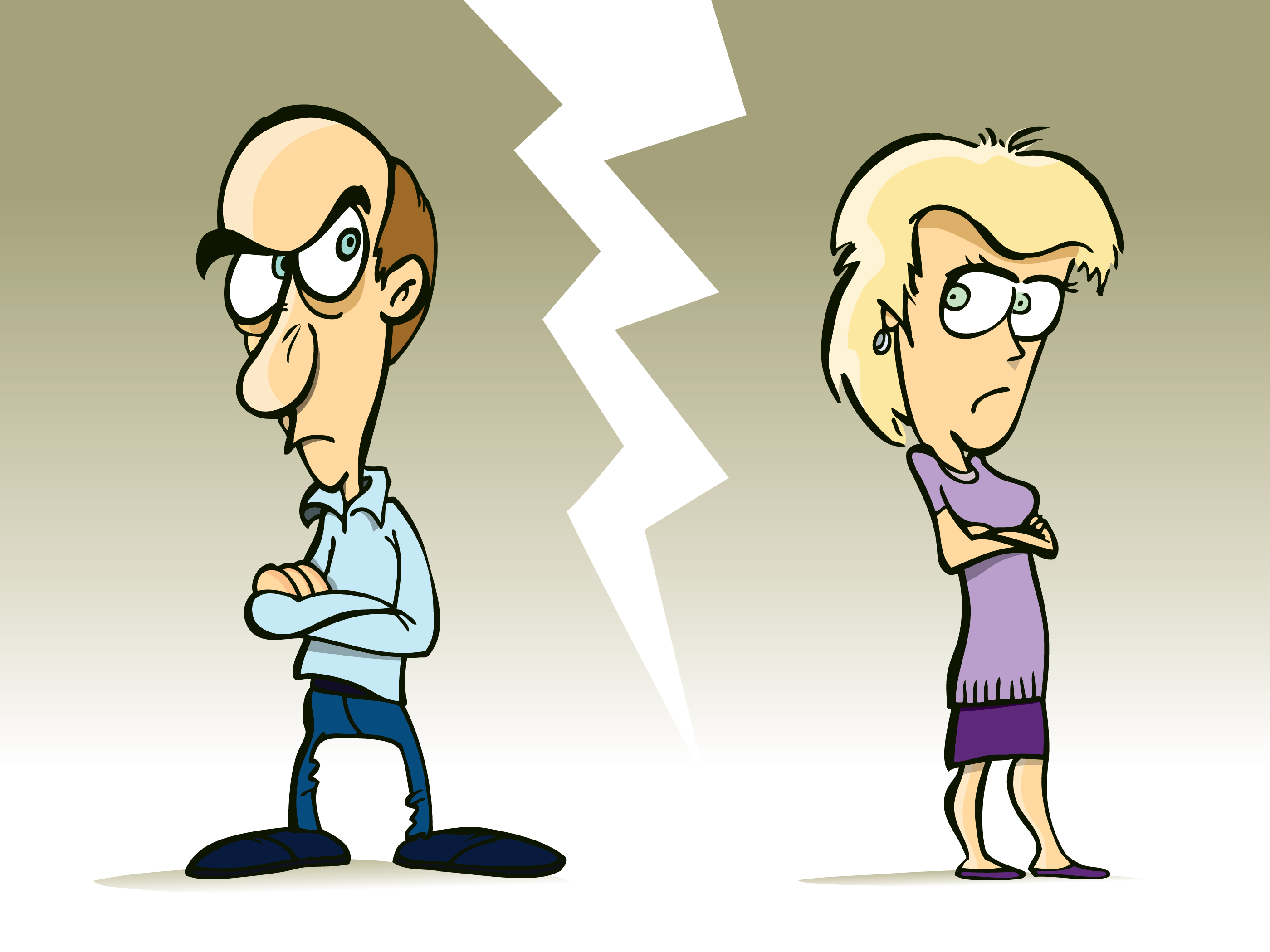ABA CLE Premier Speaker Series — Lawyer Rankings and Ratings: The Impact on Ethics and the Profession
 American Bar Association members receive free continuing legal education credits through the monthly CLE Premier Speaker Series. Sponsored by the ABA and the Center for Professional Development, thousands of attorneys participate in each month’s complimentary webinar program.
American Bar Association members receive free continuing legal education credits through the monthly CLE Premier Speaker Series. Sponsored by the ABA and the Center for Professional Development, thousands of attorneys participate in each month’s complimentary webinar program.
It is a tremendous honor to have my program, Lawyer Rankings and Ratings: The Impact on Ethics and the Profession, selected for inclusion, on Monday, October 21, 2013 from 1-2:30 pm Eastern Time. If you are an ABA member, be sure to take advantage of attending this timely and topical CLE.
There may not be a bigger “industry” in law firm marketing and business development circles than the continued growth and proliferation of rankings and ratings. The Rules of Professional Conduct and ethics opinions have tried in vain to develop workable ethics barriers and parameters, however, the impact on the profession is significant–from the time and money spent to the permissible uses for promotion. Learn about ratings and their methodologies, and the ethical considerations voiced by various state and national bar associations. From long-time services by Martindale, American Lawyer Media, Best Lawyers and Super Lawyers; to relative newcomers such as Chambers USA and Avvo; and the thousands of other companies that have recognized there is a lot of money to be made in the business of lawyer rankings. Are they helping buyers of legal services make more informed decisions or hindering the profession as a whole?
 Marketing Attorney Blog
Marketing Attorney Blog









